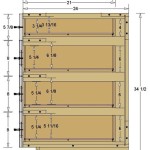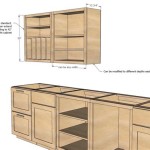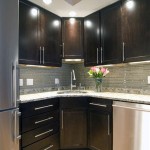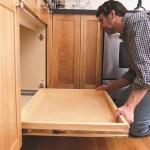Essential Aspects of Kitchen Cabinet Hinges Explained
Kitchen cabinet hinges play a crucial role in the functionality and aesthetics of your cabinetry. Choosing the right hinges is essential to ensure smooth operation, durability, and a cohesive design. This article explores the various aspects of kitchen cabinet hinges, helping you make informed decisions for your next renovation or new construction project.
Types of Hinges
There are several types of kitchen cabinet hinges, each with its own advantages and applications. The most common types include:
- Butt Hinges: These are traditional hinges that consist of two metal leaves connected by a pin. They are surface-mounted and provide a simple and affordable option.
- Concealed Hinges: These hinges are hidden within the cabinet, providing a clean and streamlined appearance. They are typically used on frameless cabinets and offer a wide range of adjustment options.
- Inset Hinges: These hinges are similar to concealed hinges but are designed for cabinets with an inset door. They create a flush fit between the door and the cabinet frame.
- Piano Hinges: These continuous hinges are attached along the entire length of the door. They are often used on large or heavy doors and provide a durable and stable solution.
Materials and Finishes
Kitchen cabinet hinges are typically made from steel, stainless steel, or zinc alloy. Steel hinges are strong and durable, while stainless steel hinges offer additional corrosion resistance. Zinc alloy hinges are lightweight and affordable. Hinges can be finished in a variety of colors and textures, including brass, nickel, and black, to complement your cabinetry and hardware.
Opening Angles and Adjustment
The opening angle of a hinge determines how wide the cabinet door can open. Standard hinges typically open to 90 degrees, while wide-angle hinges can open to 180 degrees or more. Hinges also offer adjustment options for fine-tuning the alignment and fit of your cabinet doors.
Mounting Types
Kitchen cabinet hinges can be either face-mounted or concealed-mounted. Face-mounted hinges are attached to the surface of the cabinet frame and door, while concealed-mounted hinges are recessed within the cabinet and door for a more hidden appearance.
Installation Considerations
Proper installation is crucial for the smooth operation and longevity of your kitchen cabinet hinges. Factors to consider include:
- Door and Cabinet Weight: Ensure that the hinges you choose are rated for the weight of your cabinet doors.
- Door Size: Larger doors may require additional hinges for support.
- Cabinet Type: Face-frame cabinets and frameless cabinets require different types of hinges.
- Mounting Location: Determine the optimal placement of the hinges for a balanced and even fit.
Maintenance and Troubleshooting
Like any hardware, kitchen cabinet hinges require occasional maintenance to ensure optimal performance. Regular cleaning with a damp cloth can remove dust and debris. If you notice any squeaking or sticking, you may need to lubricate the hinges with a silicone-based lubricant. For major repairs or adjustments, it is recommended to consult a professional.
Conclusion
Choosing the right kitchen cabinet hinges is an essential step in creating functional and aesthetically pleasing cabinetry. By understanding the different types, materials, finishes, and installation considerations, you can make informed decisions that will enhance the beauty and longevity of your kitchen for years to come.

21 Types Of Cabinet Hinges Explained

Types Of Cabinet Hinges Explained With Pictures Homenish Cabinets Diy

Understanding Full Overlay Vs Half Insert Cabinet Hinges

Kitchen Hinge Basics

How To Kitchen Cupboards Hinge Types Explained

The Main Cabinet Hinge Types Explained Concealed Euro Kitchen Hinges Vid 72

What Is Concealed Hinge Definition Of

What Type Of Hinges Do I Need Blog

Concealed Hinge What Is It How Does Work Types Parts

18 Diffe Types Of Cabinet Hinges Unlocking Everything You Need To Know About
Related Posts








